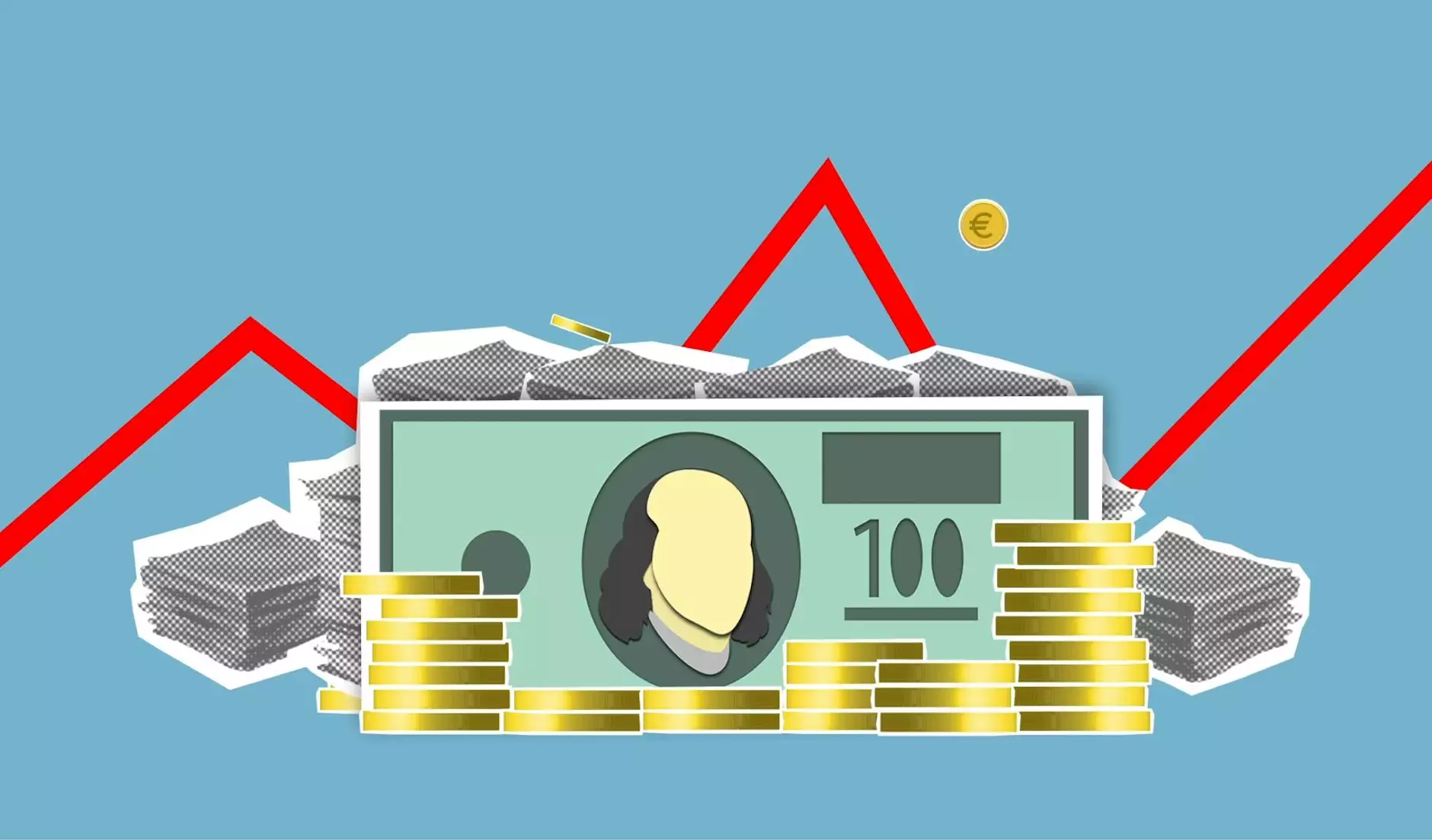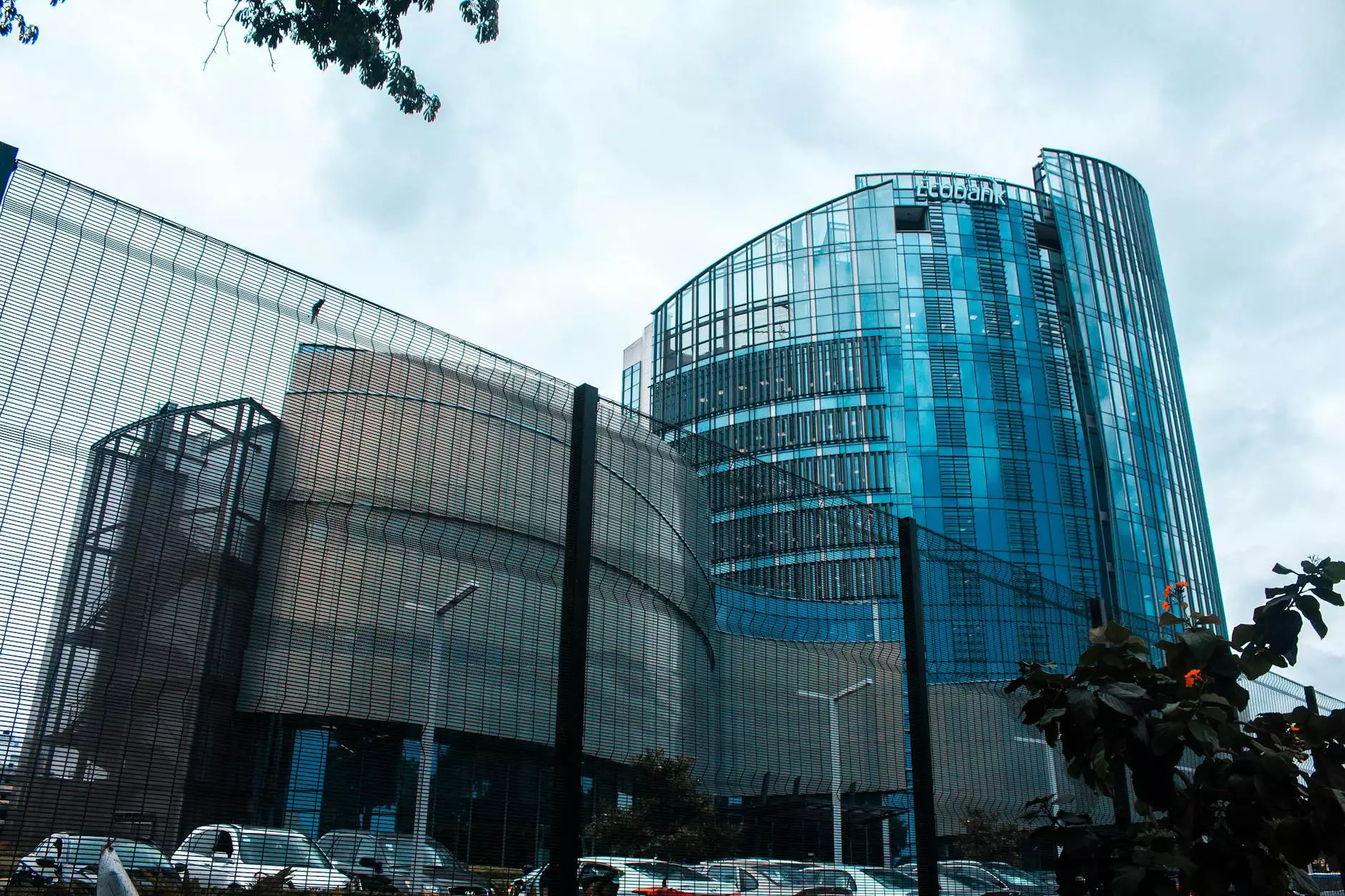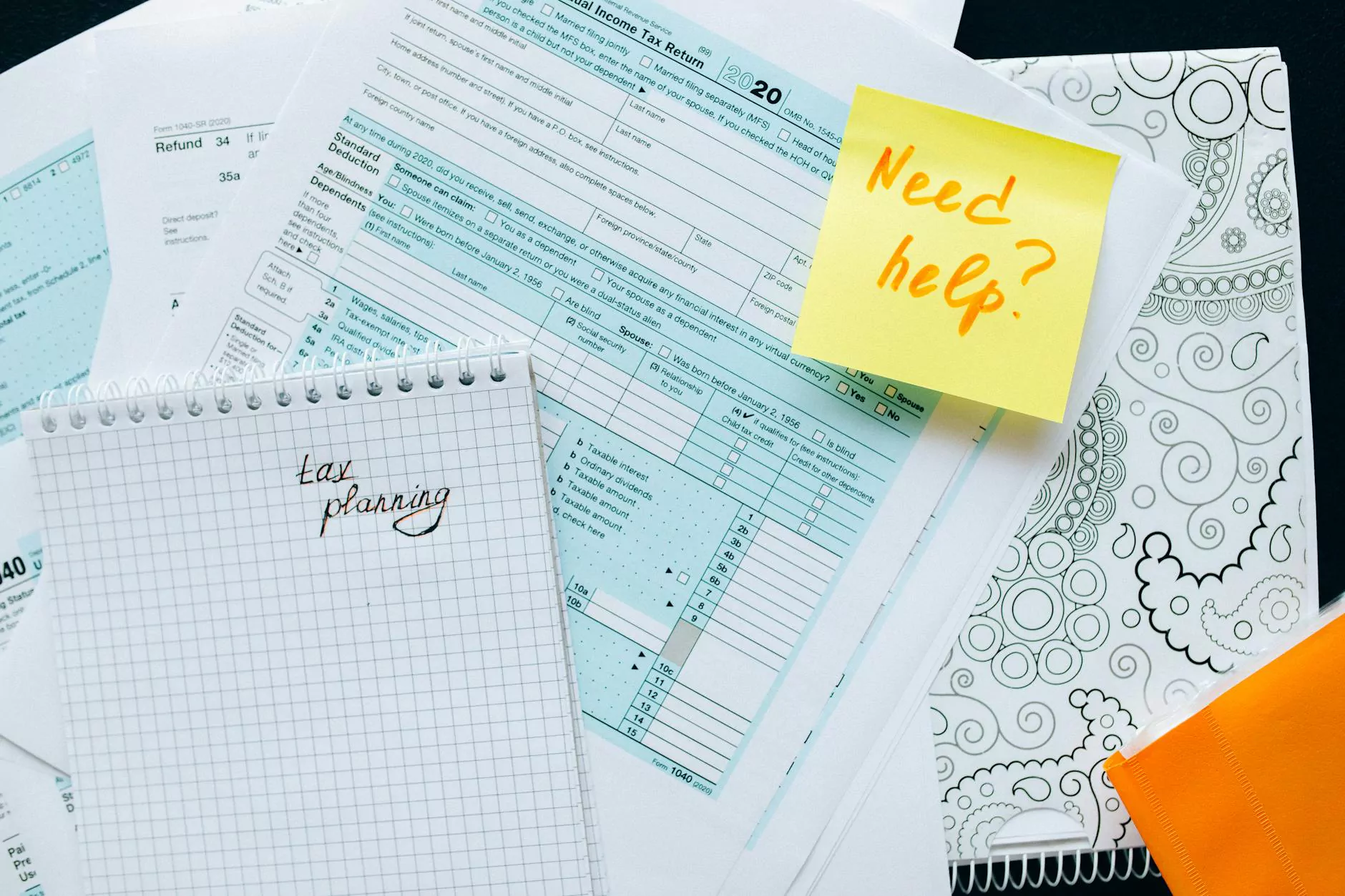Understanding the Impact of a Binding Minimum Wage
Business and Consumer Services
In the realm of economics, a binding minimum wage refers to a government-mandated wage rate that is set above the equilibrium wage determined by the intersection of supply and demand in the labor market. This controversial policy decision has far-reaching implications for both employers and employees, sparking debates on issues such as unemployment, wage inequality, and market efficiency.
The Relationship Between Minimum Wage and Unemployment
One of the most hotly debated topics surrounding the minimum wage is its impact on unemployment. Proponents of a higher minimum wage argue that it boosts income for low-wage workers and reduces poverty. However, opponents contend that increasing the minimum wage can lead to higher unemployment rates, particularly among the least-skilled workers.
Supply and Demand Dynamics
At its core, the minimum wage debate revolves around the fundamental principles of supply and demand. When the minimum wage is set above the equilibrium wage, it creates a situation where the quantity of labor supplied exceeds the quantity demanded by employers. This imbalance can result in unemployment as some workers are priced out of the market.
Graphical Representation of a Binding Minimum Wage
To visualize the impact of a binding minimum wage, consider a graph that shows the intersection of the labor supply and demand curves. When the minimum wage is set above this equilibrium point, it creates a surplus of labor, leading to unemployment. This graphical representation underscores the crucial role of market forces in determining wage rates and employment levels.
Effects of Minimum Wage Increase on Unemployment
Studies have shown that a moderate increase in the minimum wage may have minimal effects on overall employment levels. However, if the minimum wage is set significantly above the market wage, it can result in job losses, particularly for low-skilled workers in industries with narrow profit margins.
Competitive Wages vs. Minimum Wage
In a competitive labor market, wages are determined by the interaction of supply and demand forces, ensuring that both employers and workers reach agreements that are mutually beneficial. On the other hand, a minimum wage imposed by the government can distort these market dynamics and lead to unintended consequences.
Examining the Link Between Minimum Wage and Unemployment
Researchers have sought to analyze the relationship between the minimum wage and unemployment rates to better understand the potential trade-offs involved. By delving into economic data and empirical studies, economists aim to provide insights into the complex interplay between wage policies and labor market outcomes.
How Does the Minimum Wage Affect Unemployment?
The impact of the minimum wage on unemployment can vary depending on the specific economic conditions, industry structures, and regulatory environments. Factors such as labor market flexibility, productivity levels, and demand for labor all play a role in determining the ultimate consequences of a binding minimum wage.
Addressing Misconceptions About the Minimum Wage
There are common misconceptions surrounding the minimum wage, including the belief that raising it will inevitably lead to widespread job losses. While empirical evidence suggests that modest increases in the minimum wage may have limited adverse effects on employment, policymakers must carefully weigh the potential trade-offs when implementing wage policies.
Exploring the Intersection of Minimum Wage and Economic Theory
Economic theory provides a framework for understanding the complexities of the labor market and the effects of wage policies. By applying theoretical concepts such as price floors and labor market equilibrium, economists can shed light on the impacts of a binding minimum wage on employment levels and income distribution.
Conclusion
In conclusion, the debate surrounding the minimum wage and its effects on the labor market is multifaceted and nuanced. While proponents argue that a binding minimum wage can reduce income inequality and improve living standards for low-wage workers, critics warn of potential negative repercussions such as unemployment and reduced job opportunities. As the discussion continues, policymakers, economists, and stakeholders must engage in evidence-based dialogue to navigate the complex terrain of wage policies and market dynamics.









